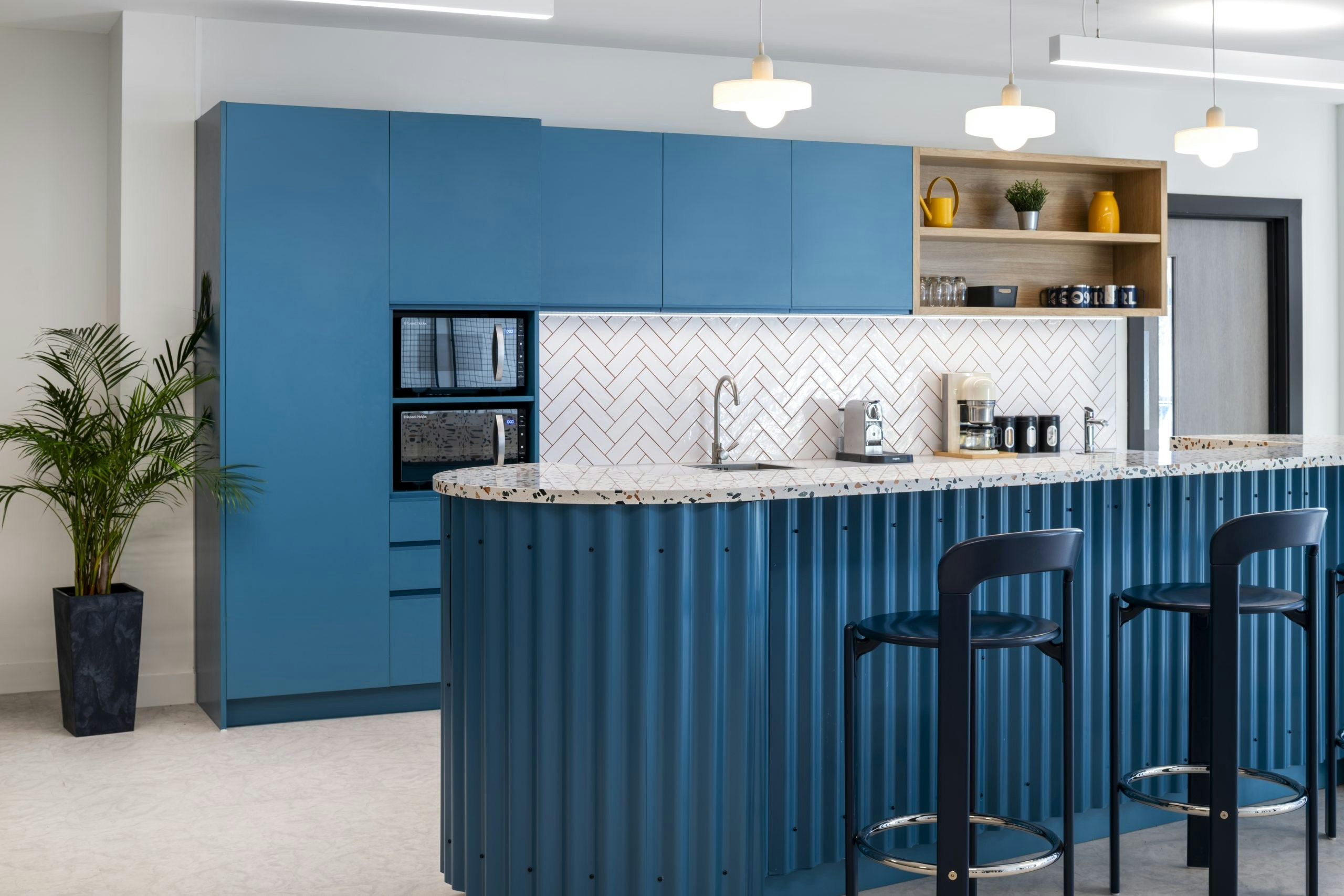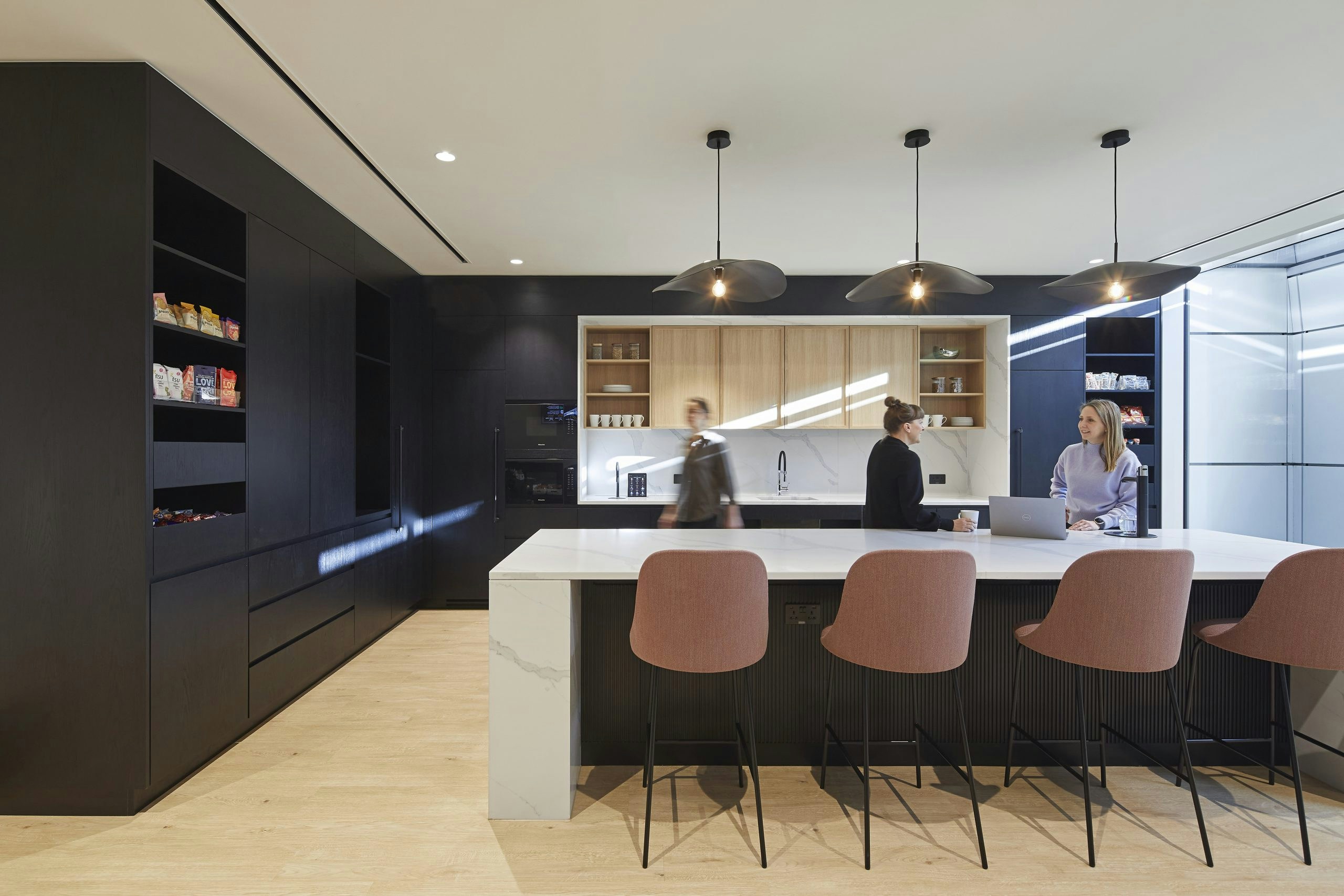Colourful, vibrant workplaces have increasingly become the norm as companies and office designers tune into the importance of colours used in the workplace and the impact that different colours can have.
In this piece, we’ll take a look at the colour of office design, the psychology of colour in the workplace, what colours are perceived to be best used and where and what designers should consider when selecting colours.
The Psychology of Colour in the Workplace
The colour palette and tones selected for any work environment have the potential to have a major impact on everything from employee productivity, workplace wellbeing and importantly, their general mood. In fact, the great Picasso is quoted as stating that ‘Colours, like features, follow the changes of the emotions’.
Our office design team are a colourful bunch themselves and work closely with clients when defining the design brief for a new workplace, and part of this entails carefully considering the colours and tones to be used throughout the space. The starting point is generally the brand palette and discussing how much they want their new space to utilise this palette, where it should be used and why. The brand has a huge role to play as brand colours have the powerful ability to connect people, including staff to a brand and the associated brand values – think about some of the biggest brands out there and you can more than likely associate a colour (or colours) with them.




